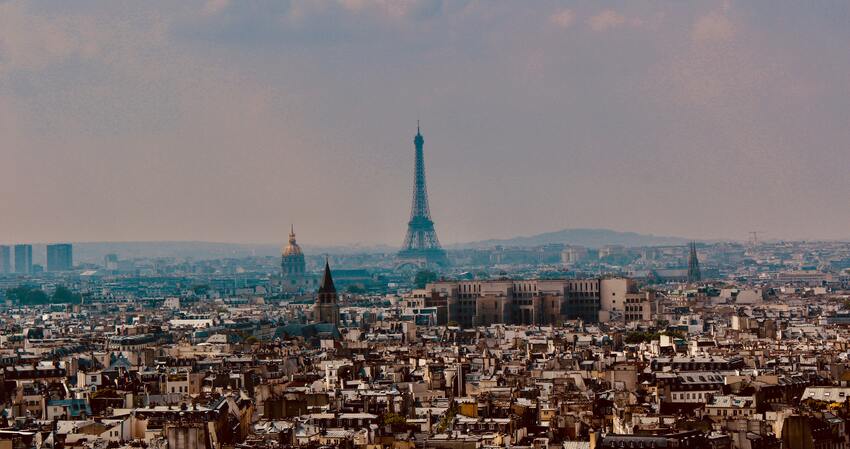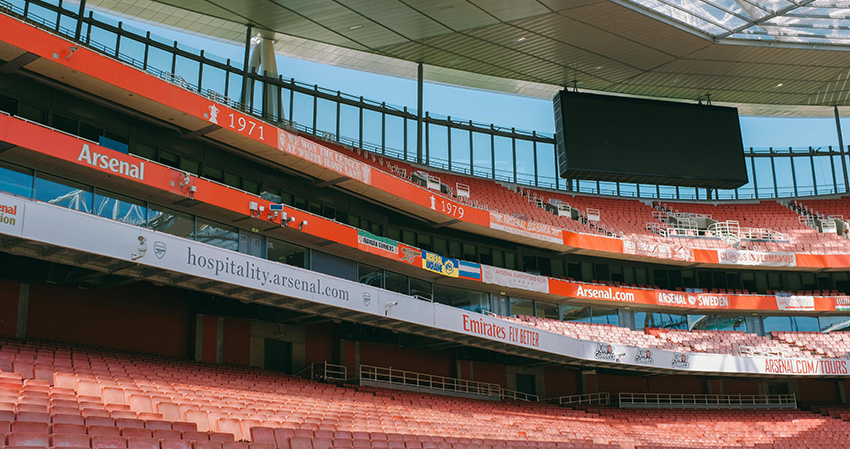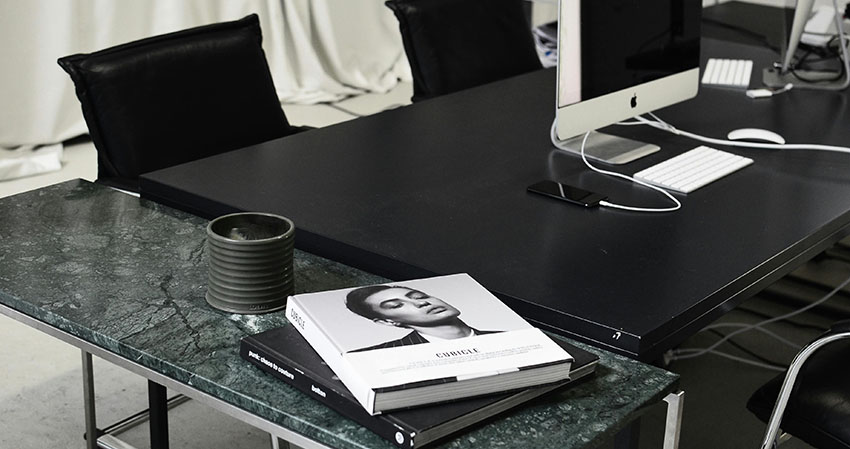
The way in which buildings are constructed, and the materials used, will need to change substantially in the coming years if governments around the world are to limit global warming.
This is according to a report by Climate Action Tracker (CAT), which revealed that although there is technology available to make buildings zero-emissions, it is not often utilised, either in new builds, or when properties are being renovated.
According to CAT, emissions from buildings now account for 20% of all global emissions, with energy demand from the building sector expected to increase substantially by 2050.
Commenting on the news, Karlien Wouters of Ecofys said: “Any inefficient buildings we construct today will have to be renovated at greater cost later, adding to the challenge we’re already facing in renovating the majority of the existing building stock.”
Door & Window Market Magazine pointed out that replacing existing windows with more energy efficient models is much more expensive than simply designing buildings with efficiency in mind.
Applying an energy saving window film to existing glazing could be a simpler solution to reducing emissions and cutting energy costs at a business.
In addition to energy efficiency, businesses also need to think about safety when investing in their commercial space. Security window films, which hold the glass together in the event of an impact, can make properties safer.
And with burglaries expected to increase by 36% during winter months due to darkness setting in early, now is a good time to evaluate how secure your premises are. The Co-op Insurance used figures about home and motor claims dating back to 2013 to make its projection about winter crime.














